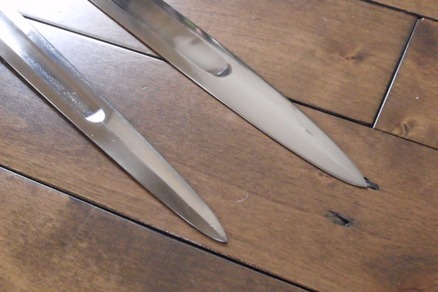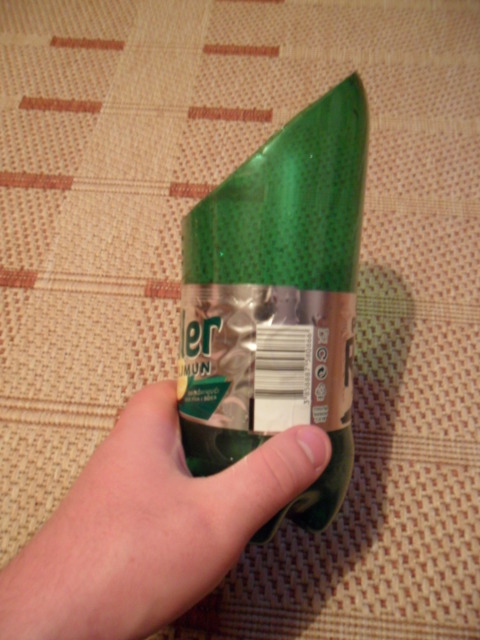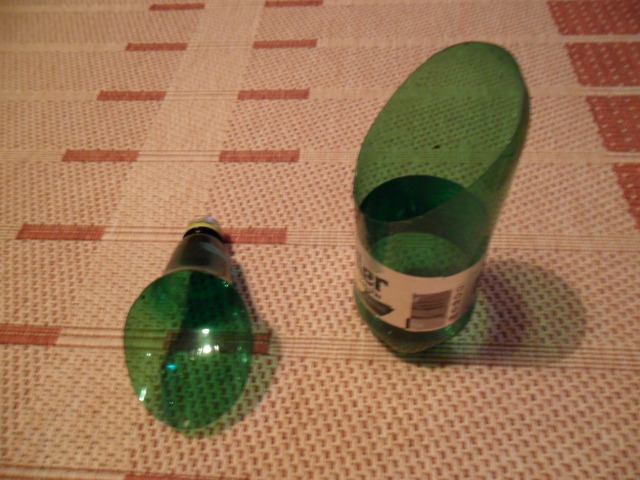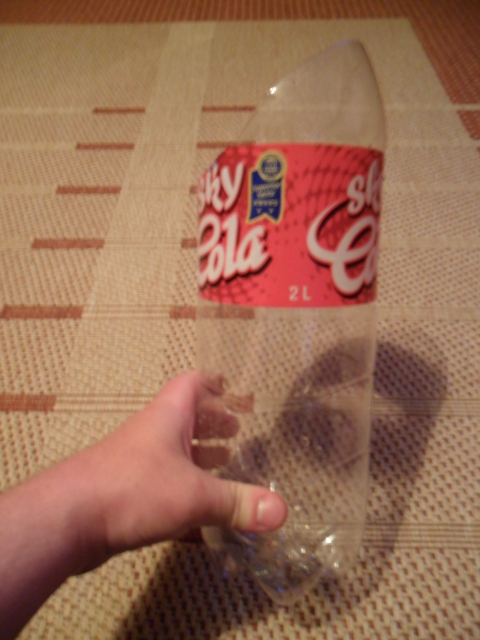The next day I had another delivery - this time a sword from A&A. Its a custom piece but not a commission; rather a one-off that I purchased through one of their agents. There's a funny story how I came to own this, but I don't want to embarass anyone. Suffice it to say I was not sure what I was getting till it arrived, but I trust A&A and was curious to see the sword. The sword might best called an 11th century piece, with a type Xa blade. It shares much in common with an earlier piece they made for Tim Lison based on an 11th century Ulfbehrt, except here the blade and fuller are more narrow, the guard has more taper, and the grip is slightly different. They share a similar wide typ B pommel, or you might call it an A. Either way its a Brazil nut.
SOME STATS:
Full length: 35.5"
Blade length: 30.5"
Blade width: 1.75"
Grip length: 3.5"
PoB: 5.5"
Weight: 2.2 lbs.
Blade type: Xa
Its a relatively small light sword for its type. For contrast I have taken some pictures against my A&A custom Ingelrii, which has a 34" blade and weighs 3lbs.
HANDLING:
This is the lightest, fastest, most agile sword of this type that I have handled (perhaps with the exception of the Tinker/Hanwei Norman sword, but I think this one is even quicker). Whereas larger swords of this type require a flowing arm motion to control, this one can snap from one guard position to the next with a flick of the wrist. One might call it a light slasher, but its fairly stiff and has a serviceable point, so it should be a reasonable thruster as well. The handle gives a very firm grip and cradles the hand for both the handshake and hammer grip. Bernard Cornwell's Uhtred of Bebbanburg would have liked this sword for close-in fighting - makes me think of his sword 'Wasp Sting' (although that's at least a century earlier). On the other hand, I don't think it has the length to be a cavalry sword.
FIT AND FINISH:
In general up to A&A's usual production standards. Everything is tight, the steel has a nice finish to it, and the lines are even. The sword rings like a chime when it contacts anything hard. Minor criticisms are that the peen is left fairly visible in 'Del Tin' fashion, and the grip underwrap is not perfectly even. My most significant complaint (and its a general constructive critique for my friends at A&A), is that swords of this era should not have a diamond cross-section at the tip. The same can be said of the St. Maurice. I've shown the tip next to the tip of my other sword below, upon which I did some re-touching myself to obtain a more lenticular cross-section. I may do the same with this sword if it stays in my collection. This would also take some weight off the tip and likely drop the PoB to 5", based on my past experience, meaning even faster handling.
CONCLUSION
This is an interesting piece with classic early-medieval style, but not quite like anything else on the production market. For anyone interested in swords of this age, but who prefer a very fast light sword over a brute chopper, this would be an ideal sword to own.





